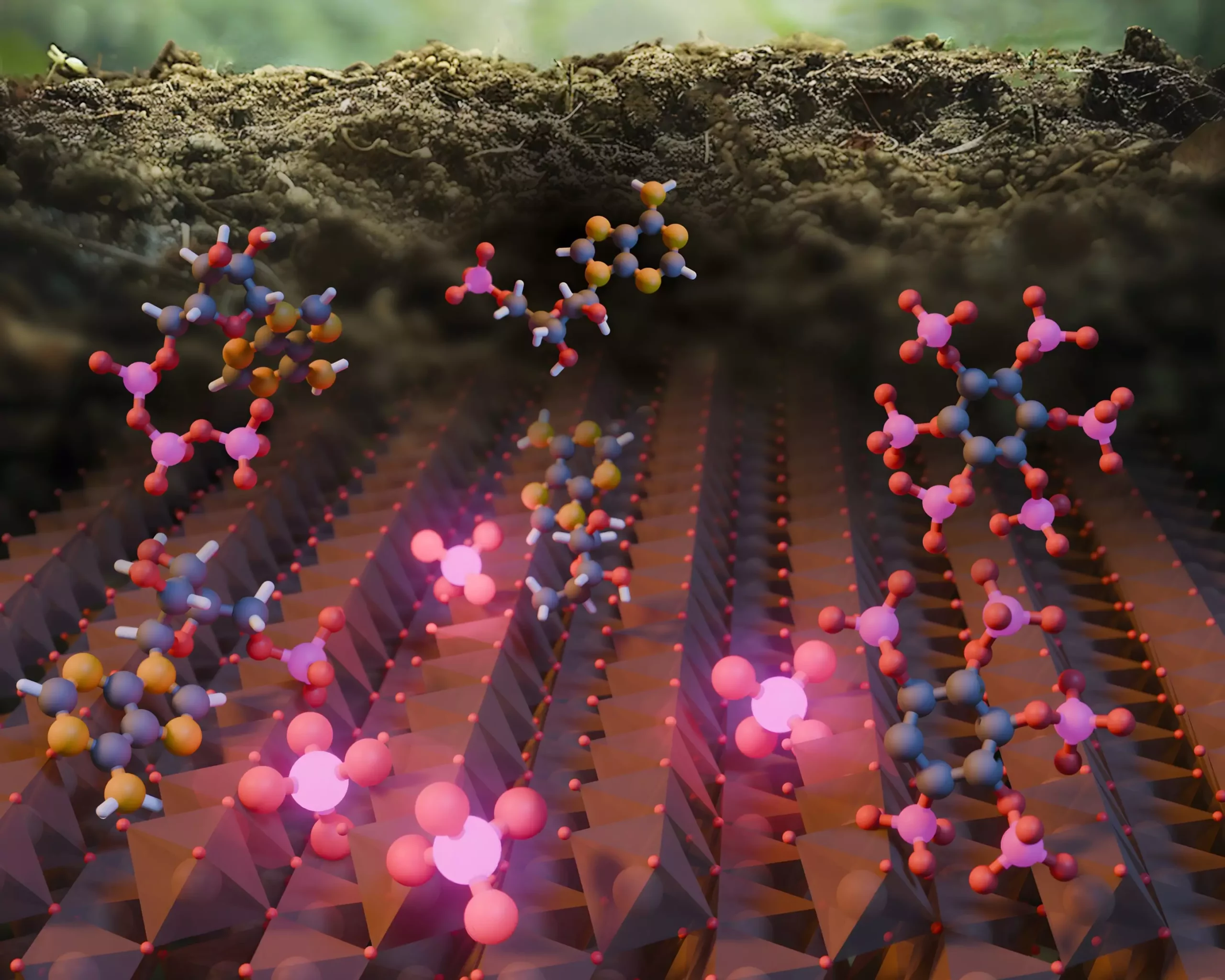Phosphorus is often touted as one of the fundamental nutrients necessary for healthy plant growth, forming an indispensable component of fertilizers that sustain agricultural practices across the globe. Without adequate phosphorus, food production could face dire consequences. This nutrient not only influences crop yields but also plays a crucial role in the intricate web of terrestrial ecosystems. Despite its crucial importance, the intricacies of the phosphorus cycle have remained an enigma—the means by which this nutrient is recycled in nature have long been clouded in uncertainty. The recent groundbreaking research led by Northwestern University scientists uncovers critical insights into this phenomenon, challenging long-held assumptions about the cycling of phosphorus in the environment.
Current Understanding: The Limitations of Biological Mechanisms
Traditionally, the scientific community has largely understood the recycling of phosphorus as a strictly biological process. Enzymes secreted by plants and microbes were credited with breaking down organic phosphorus—forms that bond with carbon and oxygen—into the inorganic phosphorus forms that both flora and fauna can absorb and utilize. This enzymatic transformation has been regarded as the central mechanism in phosphorus recycling for decades. However, this notion is now being scrutinized as researchers realize that the role of soil minerals could be significantly underestimated.
A wealth of organic phosphorus rests within the earth’s soils, typically derived from the decay of living organisms like plants and microbes. As these organisms decompose, they leave behind rich sources of organic matter, including vital molecular structures like DNA and RNA that are crucial for genetic coding and, importantly, are rich in phosphorus. Understanding how the cycling of this essential nutrient occurs is not merely an academic exercise; the implications stretch directly into the agricultural heart of global food security.
Emergence of Iron Oxide as a Game-Changer
The Northwestern research team, led by the astute Ludmilla Aristilde, embarked on a journey to explore whether other, non-biological mechanisms facilitate the transformation of organic phosphorus. Their study revealed iron oxides—naturally occurring minerals found in soils and sediments—to be surprisingly adept at catalyzing the conversion of organic phosphorus into inorganic forms. Through a combination of laboratory experiments and cutting-edge analytical techniques, the team discovered that iron oxide could not only match the rates of enzymatic recycling but even plays a closer role than previously thought.
The insights gained from the experiments are striking. Under laboratory conditions, the minerals functioned as catalysts for phosphorus cycling, effectively transforming it from complex organic forms into forms viable for biological absorption. What’s more, the researchers utilized a sophisticated X-ray technique to analyze these processes further, revealing that substantial amounts of phosphorus were clinging stubbornly to the surfaces of iron oxide minerals, escaping the solution during the reaction.
The Implications for Future Phosphorus Management
This newfound understanding of iron oxide’s role in the phosphorus cycle has far-reaching implications. As researchers begin to appreciate that minerals can catalyze phosphorus recycling at rates similar to that of living organisms, it becomes imperative to reevaluate existing phosphorus management strategies, particularly regarding agricultural practices. With phosphorus reserves depleting due to excessive mining—predicted to last as little as 50 years—there is a pressing need for sustainable solutions that leverage these natural mechanisms.
Specifically, engaging the earth’s natural processes for phosphorus recycling could pave the way for seamlessly integrating mineral-catalyzed reactions into agricultural strategies, enabling farmers to maintain crop health while minimizing dependency on mined fertilizers. Such a shift could not only alleviate pressures on our dwindling phosphorus reserves but could also support a more sustainable approach to farming, underpinning food security for generations to come.
Potential Insights for Extraterrestrial Life
Beyond the implications for terrestrial agriculture, this groundbreaking study may even extend our understanding of biogeochemical cycles beyond Earth. The researchers have pointed out parallels between their findings and conditions that might exist on other planets, such as Mars. The prevalence of iron oxides on the red planet raises intriguing possibilities regarding phosphorus cycling in extraterrestrial environments and the potential for supporting life in unexpected places.
Understanding the versatile roles that minerals like iron oxide can play opens exciting new avenues not only for ecological research but also for astrobiological studies. As we push the boundaries of our knowledge concerning life’s building blocks, the potential interactions between biology and geology will redefine the frontiers of science, revealing a complex interplay that has monumental implications for both our planet and beyond.

